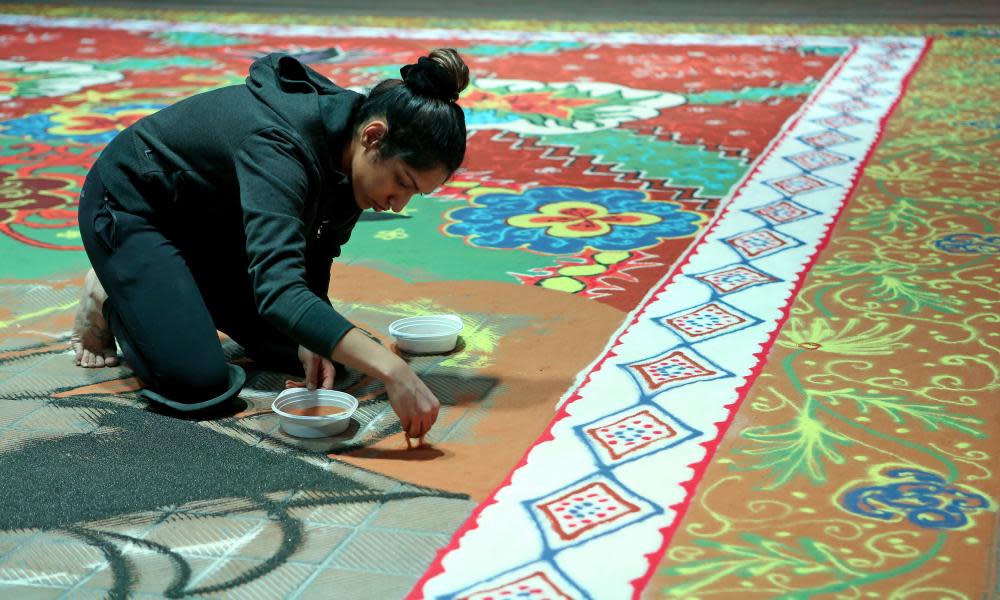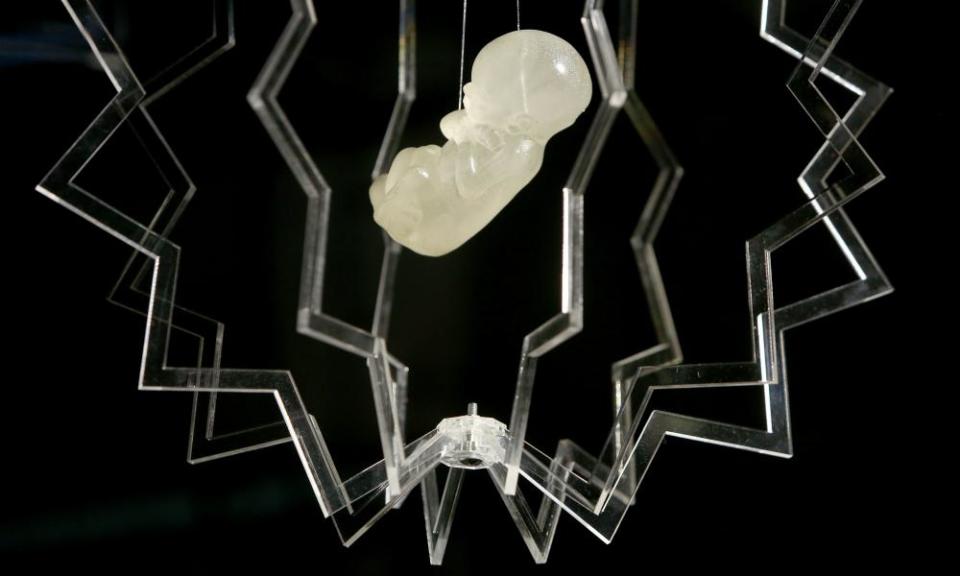Qatar's dynamic young artists showcased in major Berlin exhibition

The largest ever exhibition of contemporary Qatari art has gone on display in Berlin, showcasing a dynamic generation of young artists, at least half of them women, presenting a society in a rapid state of flux.
Housed in Kraftwerk, a former East German electrical power plant better known nowadays as a techno palace, Contemporary Art Qatar includes almost 300 works by 73 artists.
Amid hulking steel beams, in 80,000 sq ft (7,500 sq metres) of raw industrial space, the exhibition including photography, sculpture, video and painting documents artists’ responses to the transformation of their small peninsular Arabic kingdom in just four decades from a crumbling desert outpost into a rapidly expanding cultural and commercial urban centre, thanks to its huge oil and gas reserves.

“The essence of the exhibition is the changing perceptions of Doha, and it’s in the nature of our multi-cultural state that I honestly can’t tell you who is a Qatari-born artist and who is not; there are all sorts of people represented on the walls here,” said Reem al-Thani, the exhibition curator and an interior designer.
Among the most striking developments is the emergence of female artists in the contemporary scene. “Not so long ago, the modernists were almost all men,” Thani said. “And even many of them felt the need to hide their paintings from their families because there was an element of shame attached to it. Now at least 50% of the contemporary art scene are female and no artist feels inclined to hide what they do.”
Many of the artists on display have been participants in the residency programme at Doha’s Fire Station, a former civil defence building turned art space, which is at the heart of the capital’s thriving art community.

One of the artists, Emelina Soares, has created a work especially for the exhibition called Shifting Identities, a 13-metre by 6-metre carpet made up of 300 kg of sand, which she has coloured by hand with fermented fabric dyes. Visitors to the exhibition are invited to walk over it, causing its patterns to change, reflecting, she says, her multinational identity as a Qatar-born woman with Indian and Portuguese roots.
“When people walk on it they will make their own contribution to the design,” the 24-year-old said. “It’s a great symbol for how I feel when I’m in Qatar, whether hanging out with people from the Indian community or the Portuguese diaspora.”
Some observers have been critical of the fact that there are only the vaguest hints among the works of the negative headlines Qatar has received over its treatment of its migrant workers ahead of the 2022 World Cup. Towering photographs of building sites and oil rigs or alienating factory settings do little to address the issues at the heart of the criticisms.

Ahmed al-Jufairi, 24, born and raised in Qatar, admitted to the problems that exist in Qatar but said they belonged to a developing society. What he wished to stress through his art, he said, was a country making an effort to change. “We are a society which is constantly trying to improve on ourselves all the time,” he said. “We have pay equality between men and women, we hold on to our traditions but appreciate the value of education to enlighten us.”
His contribution is a video portrait of himself in traditional male and female dress in which he pours paint over his head from traditional Syrian teapots.
The blockade of Qatar, instigated by Saudi Arabia over claims that Qatar was supporting terrorism might have overshadowed the exhibition but but Bouthayna al-Muftah, 30, said instead it had strengthened Qataris’ sense of identity.

“It has in fact created a really positive situation, by allowing communities to come together and inspiring a great deal of creativity and the realisation that we to be independent and that includes in our art and freedom of speech,” she said. Born in Tunisia but raised in Doha, Muftah is exhibiting a range of pen and ink portraits about nostalgia for the past, depicting bejewelled Qatari women, in a nod to the traditional nursery rhyme Um Al Salasil Wil Thahab.
The exhibition, which runs until 9 January, is being seen as the latest example of how Qatar is striving to create an internationally recognised cultural scene to match its economic ambitions in order to help it cope with its regional isolation as well as presenting itself as a political reformer in the Arab world.
Next year, a national museum is due to open on the Doha waterfront. Designed by the architect Jean Nouvel, it will have 86,000 sq ft (8,000 sq metres) of permanent gallery space.

 Yahoo News
Yahoo News 
